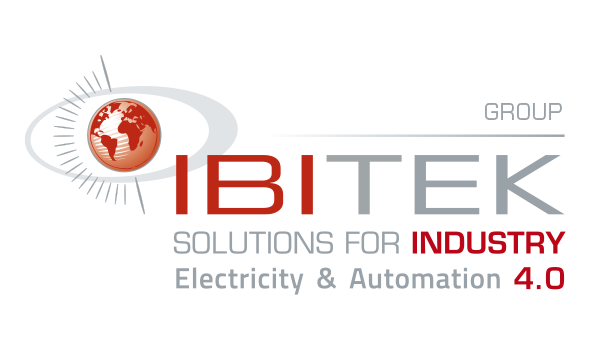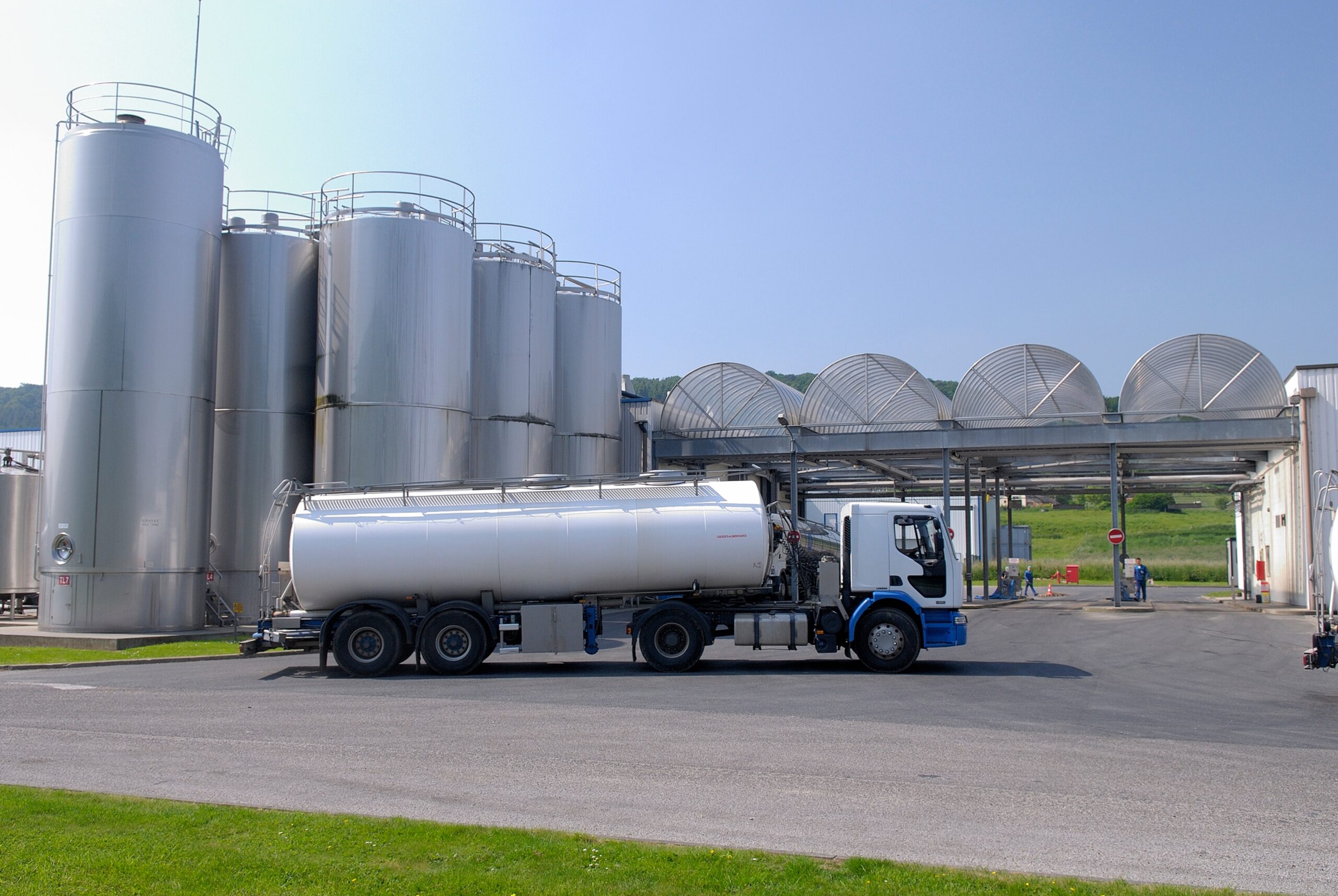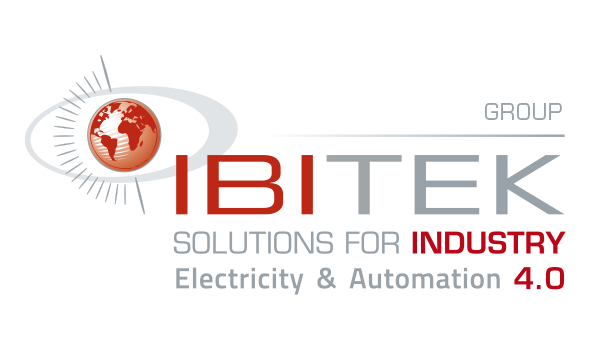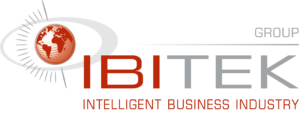With the evolution of international standards and regulations, arrival of new environmental constraints and intensification of competition; the management of an industrial plant and its performance is one of the key factors of success on the market.
The company that starts an industrial performance process must first re-define its targets and adjust the measurement indicators. Indeed, today, the performance of a factory is no longer measured only by the quantity of load delivered. It is necessary to be more and more skilful, proactive and flexible in the management of a site so that each step of the value chain gives a competitive advantage.
This strategic aspect allows you to get an overview of the overall efficiency of your operations. Tracking performance indicators over time will help you ensure appropriate management of strategic items, evaluate and monitor production performance, and take corrective action to optimize your plant’s profitability.
Energy performance indicators
According to an INSEE study, it is industry that is the most energy-intensive sector in France. At the top of the list is the chemical sector, followed by steel and metallurgy, then the production of semi-finished products. All industry is faced with a complex problem: how to optimize its performance while taking into account environmental imperatives?
The energy performance indicators allow to measure the periodic energy use of an industrial site. These KPIs are obtained by making a comparison of several energy data:
- Ratio between the amount of energy consumed in kilowatts for the production of one ton of product
- Amount of energy consumed per type of product
- Number of hours of use of industrial equipment
- Energy consumption by cost item
- …
Many types of indicators can be set up with more or less complex functions and several influencing factors. The implementation of these KPIs allows to know in detail the energy consumption, which constitutes quantitative elements of performance management. These dashboards collect data in real time and allow comparisons to be made over a 10-year period.
The measurement of energy performance is a strategic operation of real gain. The analysis of these indicators is used to check real production performance, to reduce energy consumption and to optimize regulations. Beyond energy indication, the Energy Performance Indicators (EPI) provide financial indications, statistics on the state of industrial machines and their maintenance.
Since 2006, reducing the carbon footprint has become a major issue for manufacturers. The European Union, within the “Grenelle de l’environnement”, has launched the CPE ( Energy Performance Contract) which aims to reward companies seeking to improve energy performance of buildings, equipment (production, lighting, ventilation…), as well as industrial processes.
Industrial maintenance indicators
Industrial maintenance KPIs are very simple to understand if you have the right tool (link to the article “where are the industrialists in their digital transformation) which delivers rich and quality information that will highlight areas of improvement. Many KPIs can be implemented, below is a non-exhaustive list:
- the MTBF (main time between failure): determines the average time between 2 failures. If the time between these 2 incidents gets longer, it is a sign of reliability of the equipment
- the MTR (main time to repair): determines the production downtime. If this time indicator is short, it indicates the efficiency of intervention of the maintenance team or on the contrary, the need to be trained
- the history of breakdowns: allows the maintenance team to identify the possible causes of breakdowns and possibly act more quickly
- the annual maintenance cost per equipment
- …
Many other KPIs exist and can be activated in intelligent management solutions. Thanks to a smart solution, operators have dashboards tracing precise quantitative data that give the possibility to perform preventive maintenance and tend to a predictive approach of maintenance 4.0 (link article Optimize plant operation by identifying the causes of shutdown).
Without access to reliable data and real-time information, it’s difficult to drive business performance and optimize profitability. To make meaningful decisions that are not based on experience alone, it is necessary to identify and implement key performance indicators. Real-time KPI management helps optimize the supply chain, stay on schedule and enable proactive business decisions.
The MES solution IBIProd allows to centralize all factory data of various nature (application, ERP, CMMS, quality, automatons, excel..etc) in one common database. And this, in order to calculate and give value to the raw data through specific KPIs, dashboards, reports and management tools. Thus, each actor can follow the process from the point of view of his own indicators, communicate with his colleagues to solve a problem and work on improvements. With 24/7 accessibility.











